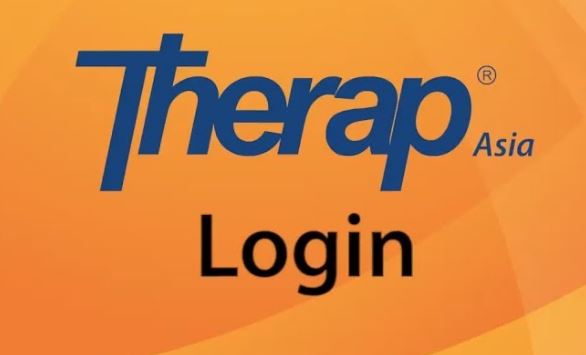A United States trademark grants its owner the right to prevent others from using a confusingly similar mark in connection with similar goods or services. The cost of a trademark therap login can vary considerably depending on the existence of any similar marks. As a preliminary matter, trademark applicants have four options for trademark application depending on their particular circumstances:
1) Section 1(a) of the Lanham Act (the United States Trademark Act) allows application for applicants who have already made use of their mark in United States commerce (e.g., already doing business in the US).
2) Section 1(b) of the Lanham Act allows application for applicants who verify that they intent to use the mark in United States commerce within 1 year of publication on the National Register. Such application must be perfected within 1 year by submitting specimens to prove use of the mark in commerce. The purpose of a 1(b) application is for applicants who have not yet used the mark in the US to “lock” in their date of priority to the date of their 1(b) application — in other words, if another entity uses a similar mark after the applicant’s 1(b) application but before the date of perfection, the original applicant will be accorded priority as of the date of its 1(b) application.
3) Section 44(e) of the Lanham Act allows foreign applicants who already own a trademark registration in their foreign country of origin to register their mark in the US based on such foreign registration.
4) Section 44(d) of the Lanham Act allows foreign applicants to “lock” the day of priority for their mark to the day of their foreign trademark application. The practical results of this are the same as in the 1(b) application described above.
Applicants may apply under a combination of the above options. For example, they may apply under Section 1(a) if they have already used the mark in the US and they may also use Section 44(d) to lock their date of priority to the date of their potentially earlier foreign application. USPTO Fees: The United States Patent and Trademark Office (USPTO) charges a $325 filing fee for each class under which the applicant wishes to register their trademark. A “class” is a description of the type of goods or services with which the mark is associated. For example, Craigslist.com is registered for Class 35 (advertising information) and Class 38 (interactive bulletin boards).
Attorney Fees: Most attorneys charge hourly for trademark work or otherwise charge a flat fee based on the estimate time it would take to complete the initial filing. The initial paperwork for a Stage 1 filing should take no longer than one hour. As explained below, it is not possible to estimate the time it would take to move an application through Stages 2-3.
Search Fees: The USPTO does not refund filing fees, thus prior to filing the application it is highly advisable to have your attorney conduct a search of the USPTO database to confirm that a registration or application for a similar mark does not already exist. The most advisable search method is to have the attorney engage a specialist service, like Thompson CompuMark, to perform a thorough search. Such services generally charge $600-800 for the search. Once the application is filed, the USPTO will assign an Examiner to evaluate the proposed trademark and decide whether it meets the requirements for publication to the Official Gazette.
The USPTO will issue Office Actions, in the form of correspondence from the Examiner to the applicant, if the Examiner finds defects in the application. The most common and innocuous defects include improper or vague description of the goods and services associated with the mark or a vague description of the mark itself. Such defects can be remedied with a short and simple response to the Office Action. A more serious Office Action arises if the Examiner finds the application to be confusingly similar to an already-existing trademark. While the chances of seeing this situation are practically non-existent if the applicant performed a thorough search of the USPTO database prior to applying, there is, unfortunately, no 100% guarantee.
At this stage, depending on how similar the existing mark is, and based on his attorney’s advice, the applicant may wish to dispute the examiner’s decision or to abandon the application. USPTO Fees: There are no USPTO fees for responding to Office Actions. There is a $100 per class filing fee to appeal the Examiner’s final decision if the applicant’s responses fail. Attorney Fees: Attorneys charge an hourly rate for responding to Office Actions and, where applicable, for appealing adverse decisions.
Once the applicant successfully moves through Stage 2 by satisfying any problems the Examiner may have with the application (or by successfully appealing an Examiner’s adverse decision), the proposed trademark will be published in the Official Gazette to allow other trademark owners the opportunity to Oppose the mark in the event that they feel it is substantially similar to their registered mark or their unregistered mark for which they may have priority of use (e.g.., they used the mark in US commerce before the applicant used it or before the applicant established priority with his application).


